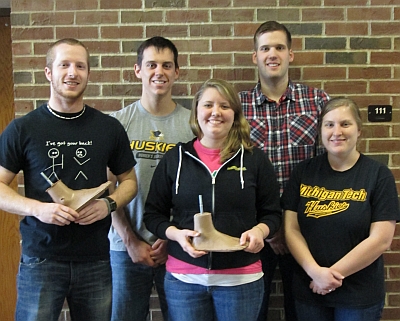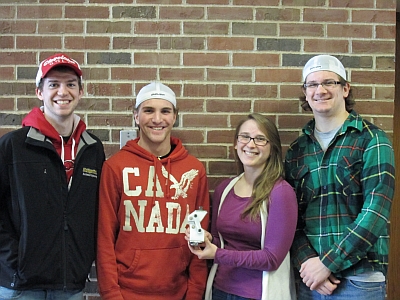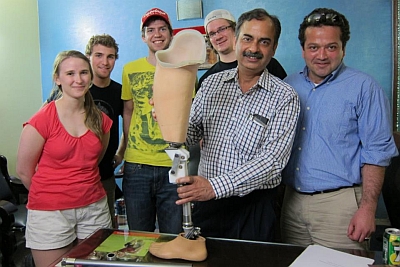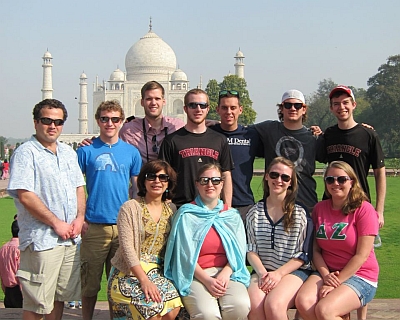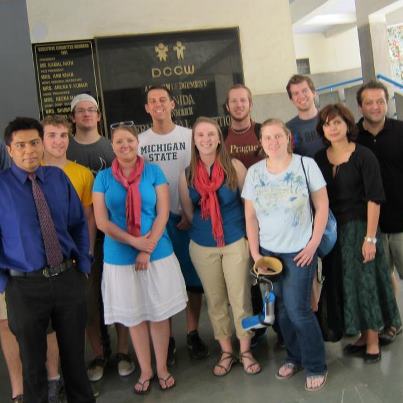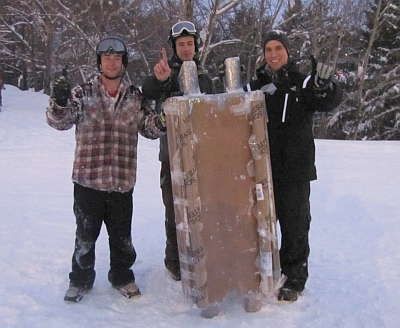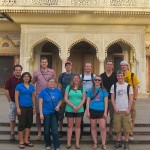 During the Spring Break 2012, Dr. Nina Mahmoudian and Dr. Mo Rastgaar and two Mechanical Engineering Senior Design Teams are in Jaipur, India. Below is a group picture of them in City Royal Palace. They are going to visit hospital and see Dr. Jain also on the trip.
During the Spring Break 2012, Dr. Nina Mahmoudian and Dr. Mo Rastgaar and two Mechanical Engineering Senior Design Teams are in Jaipur, India. Below is a group picture of them in City Royal Palace. They are going to visit hospital and see Dr. Jain also on the trip.

